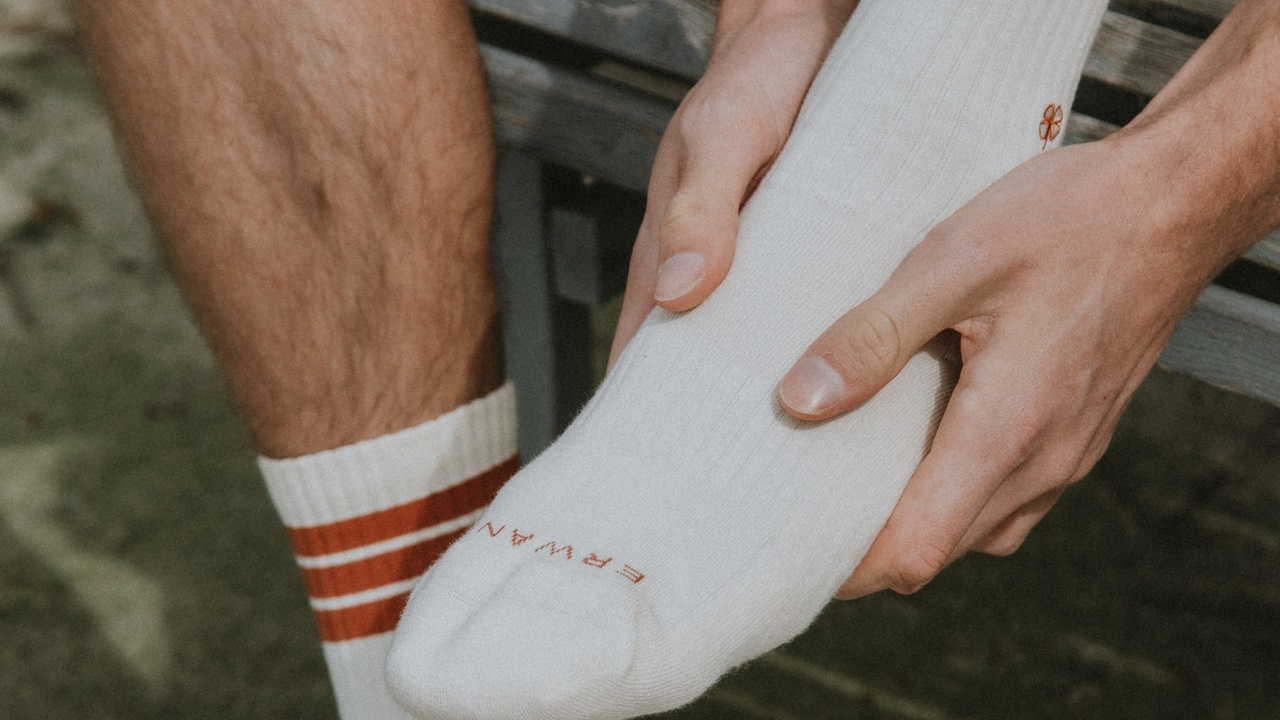
Athlete's Feet and Ankle Mobility
In our previous blog, we’ve talked about athlete's feet and how athletes do amazing things on incredibly bad feet. It’s baffling how they do it, so let’s put these concepts into a practical perspective for you.
#1 Look at your feet
(Don’t be weird about this… they’re literally your feet!)
What are they telling you?
You’re probably looking down at your shoes and shrugging your shoulders and thinking “What am I looking at here?”
#2 Take off your shoes
Find a full body mirror and stand casually. Take a look at your feet and take notice of what you see. Are the feet nearly straight ahead or are one or both turned out a lot? Are your toes curled or off of the ground ?
#3 Now, squat
How did your feet move?
Did they splay out to be more flat footed? Did they rotate outward? Did your toes curl underneath to try to death grip the floor? Did your heels come off of the ground? Did one leg go more sideways than the other? Look closely. Did the feet stay where they were while you were standing, but somehow shifted as you squatted? Did your squat not look good? Did you lose your balance? Did your knees ache?
Here are a couple of examples of what a squat with ankle mobility that needs improvement might look like. Look closely at the heels , watch them move inward as the squat progresses. They do that because the ankles are stiff and it can put strain in the knee, hip, or back.
This is an example of what a squat would look like with good ankle mobility.
If you’re like most people, you saw at least one of those things happening, maybe multiple things. Your right and left legs may be different.
I’m not trying to tell you that your squat sucks, but if you think it does, then let’s try to find out why. Everyone needs to squat, not just in the gym, but to sit down, to pick up something low. Unless you stand straight all 24 hours, you are squatting at some point in your day.
Let’s look at how your ankles move.
Go find a wall.
Stand in front of it and keep your feet about 5 inches away from the wall. You may feel like you’re in time out, but this will only take a minute. Step back with one leg into a split stance ( aka tandem ) and now try to bend your front knee forward toward the wall. Don’t let the heel of your front foot come up. Keep your hips even and facing straight ahead. If you can’t get your knee to the wall the good news is your squat doesn’t suck, but your ankles need some work. With that simple test you’ve just learned a vital piece of information about your body that can help you exercise smarter.
(If you're still unsure what this test should look like, see the video below of exercises you can do to improve ankle mobility. The standing exercise is also an example of how to perform the test. You only need to do the exercise once to assess your ankle mobility.)
Why is this a big deal?
The rest of the movement within your body is dependent upon how well your ankles move.
Gray Cook calls this the joint-by-joint approach. If one joint needs to move, but doesn’t, then your body is going to find the required movement from another joint that’s not supposed to move. So if we look at the squat again, and hone in on the ankles, one of the most common compensations for poor mobility is flattening of the foot and the ankle sliding sideways. This takes us out of alignment and reduces our good base for the body to stand and move from. This can lead to the knees caving in during the squat or any other athletic movement. This specific mobility problem at the ankles is the most common one when trauma is not involved . It can occur over time without injury or be more sudden with injury . It can lead to Knee , hip or back problems long before the foot or ankle even hurt.
Poor ankle mobility is also linked to poor glute activation. So when we walk and our ankles don’t move correctly, we’re not utilizing our glutes well to move us forward. If your glutes don’t work well while you’re walking, think about the compounding effect of poor glute activation when you’re trying to run, or jump, or cut, or decelerate. Furthermore, unless there is a traumatic injury, most athletes complain about issues above the ankle.
So now what?
Ok, so now that we’ve established why your ankles are so important and have seen how your ankles move, let’s talk about what to do next.
Here are a couple of drills you can do at home:
Try them out.
Just 5 mins a day.
Nobody is expecting you to spend hours doing this every day, but we can utilize small daily habits or action steps to get us towards the goal of moving better and moving more.
Small increments everyday will get you there. Consistency is more important than intensity, and we’ll see each other at the finish line. Your squat will thank you.
Email me [email protected] if you want to talk more about your feet / ankles / or squat.
Isak Yoon, ATC
 Isak earned his Master’s degree in Physical Education at Azusa Pacific University, where he worked with the Women’s Volleyball, Baseball, and Men’s and Women’s Tennis teams. From there, he spent seven seasons with the San Diego Padres organization as a Minor League Athletic Trainer, working at all Minor League levels. Isak believes in the power of exercise and movement as medicine and exercise’s ability rewrite the narrative of people’s lives.
Isak earned his Master’s degree in Physical Education at Azusa Pacific University, where he worked with the Women’s Volleyball, Baseball, and Men’s and Women’s Tennis teams. From there, he spent seven seasons with the San Diego Padres organization as a Minor League Athletic Trainer, working at all Minor League levels. Isak believes in the power of exercise and movement as medicine and exercise’s ability rewrite the narrative of people’s lives.
Stay connected with news and updates!
Join our mailing list to receive the latest news and updates from our team.
Don't worry, your information will not be shared.
We hate SPAM. We will never sell your information, for any reason.

